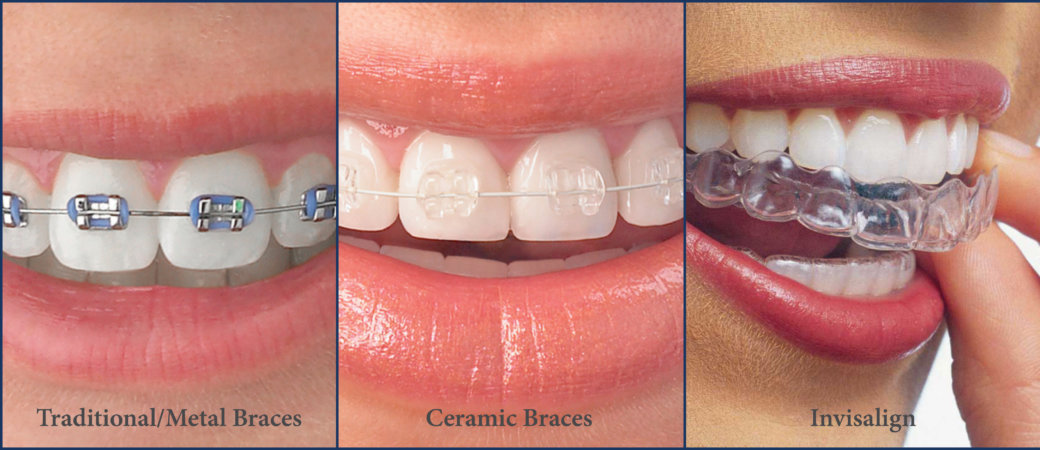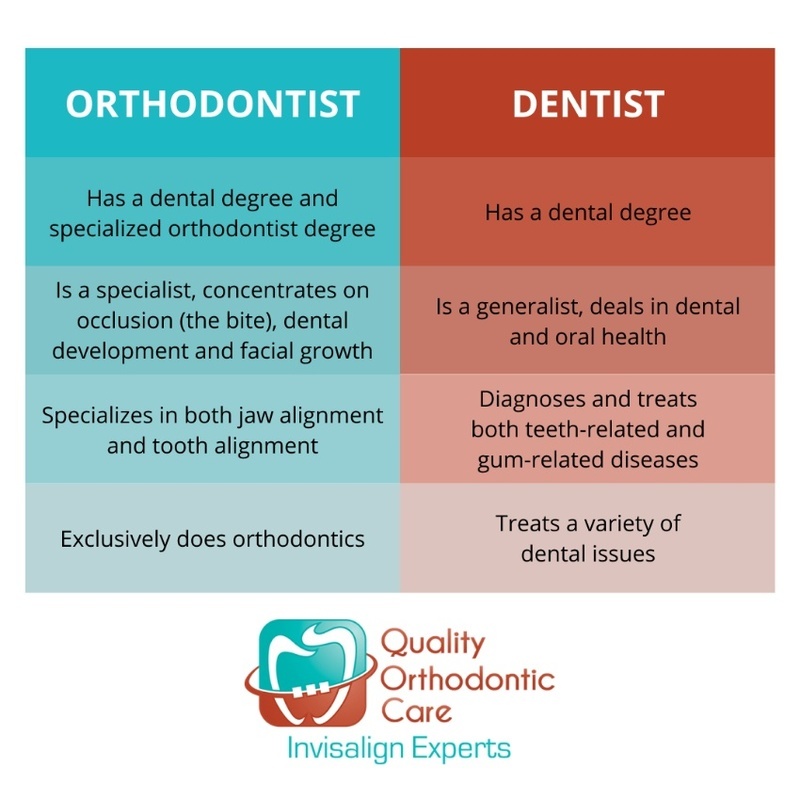Causey Orthodontics Fundamentals Explained
Table of ContentsThe Single Strategy To Use For Causey OrthodonticsThings about Causey OrthodonticsThe 10-Minute Rule for Causey OrthodonticsThe 7-Minute Rule for Causey OrthodonticsLittle Known Facts About Causey Orthodontics.
Neglecting occlusal relationships, it was typical to eliminate teeth for a variety of oral problems, such as malalignment or overcrowding. The idea of an intact teeth was not extensively valued in those days, making bite relationships seem unimportant. In the late 1800s, the concept of occlusion was important for producing reliable prosthetic substitute teeth.As these concepts of prosthetic occlusion proceeded, it came to be an indispensable device for dentistry. It remained in 1890 that the work and impact of Dr. Edwards H. Angle started to be really felt, with his payment to modern orthodontics especially notable. Originally focused on prosthodontics, he instructed in Pennsylvania and Minnesota before routing his attention towards oral occlusion and the treatments required to keep it as a typical problem, hence becoming called the "father of contemporary orthodontics".

The concept of perfect occlusion, as postulated by Angle and included right into a classification system, allowed a shift towards dealing with malocclusion, which is any kind of deviation from regular occlusion. Having a complete collection of teeth on both arcs was extremely demanded in orthodontic therapy because of the demand for exact relationships between them.
Causey Orthodontics for Dummies
As occlusion came to be the essential priority, face proportions and visual appeals were disregarded - best orthodontist near me. To achieve suitable occlusals without utilizing outside pressures, Angle proposed that having perfect occlusion was the very best way to obtain optimum facial aesthetics. With the passing of time, it came to be rather noticeable that even a phenomenal occlusion was not suitable when thought about from a visual point of view
It ended up being obvious that orthodontic treatment can readjust mandibular growth, bring about the development of useful jaw orthopedics in Europe and extraoral pressure steps in the US. These days, both practical devices and extraoral devices are applied around the world with the aim of changing development patterns and types. Seeking real, or at least improved, jaw relationships had become the main objective of treatment by the mid-20th century.
Facts About Causey Orthodontics Uncovered
 Up until the mid-1970s, dental braces were made by wrapping metal around each tooth. https://www.eater.com/users/causeyortho7., it came to be possible to instead bond steel brackets to the teeth.
Up until the mid-1970s, dental braces were made by wrapping metal around each tooth. https://www.eater.com/users/causeyortho7., it came to be possible to instead bond steel brackets to the teeth.Andrews gave an insightful interpretation of the suitable occlusion in long-term teeth. This has had meaningful results on orthodontic therapies that are carried out regularly, and these are: 1. Right interarchal relationships 2. Right crown angulation (tip) 3. Proper crown disposition (torque) 4. No turnings 5. Limited get in touch with factors 6. Flat Contour of Spee (0.02.5 mm), and based on these concepts, he found a treatment system called the straight-wire appliance system, or the pre-adjusted edgewise system.
The advantage of the design depends on its brace and archwire mix, which needs only minimal wire flexing from the orthodontist or medical professional (best orthodontist). It's aptly named hereafter attribute: the angle of the port and density of the brace base eventually figure out where each tooth is located with little requirement for added adjustment
Get This Report about Causey Orthodontics
Both of these systems used identical braces for every tooth and necessitated the flexing of an archwire in three aircrafts for locating teeth in their wanted positions, with these bends determining supreme positionings. When it concerns orthodontic appliances, they are separated into 2 kinds: detachable and taken care of. Removable devices can be handled and off by the person as called for.

Therefore, mostly all modern set home appliances can be considered variants on this edgewise home appliance system. Early 20th-century orthodontist Edward Angle made a major payment to the globe of dentistry. He produced four distinctive device systems that have been made use of as the basis for lots of orthodontic treatments today, preventing a couple of exceptions.
The Definitive Guide to Causey Orthodontics

The wire finished in a string, and to relocate forward, an adjustable nut was used, which permitted a rise in circumference. By ligation, each individual tooth was attached to this expansive archwire (emergency orthodontist near me). Due to its limited range of movement, Angle was not able to achieve precise tooth placing with an E-arch
These tubes held a firm pin, which might be repositioned at each consultation in order to move them in position. Dubbed the "bone-growing home appliance", this gizmo was thought to urge healthier bone development due to its possibility for transferring pressure directly to the roots. However, applying it proved frustrating in truth.